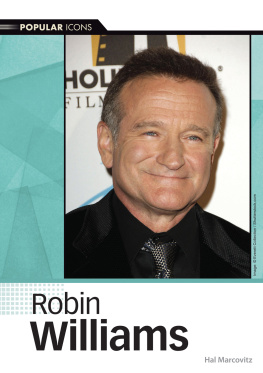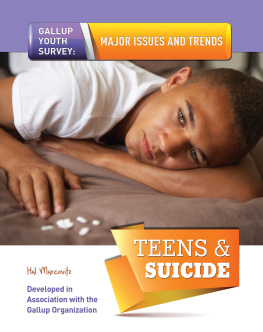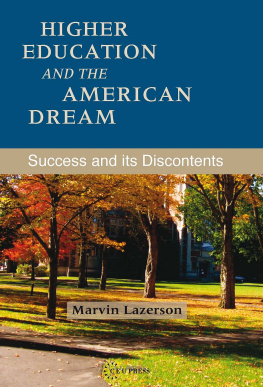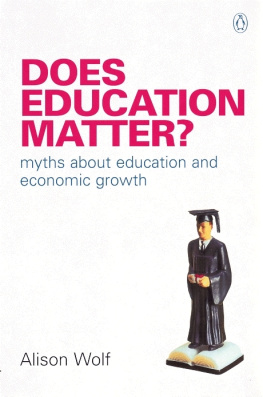

Teens & Alcohol
Teens & Career Choices
Teens & Cheating
Teens & Family Issues
Teens, Health, & Obesity
Teens & LGBT Issues
Teens & the Media
Teens & Race
Teens & Relationships
Teens, Religion, & Values
Teens & Sex
Teens & Suicide
Teens & the Supernatural/Paranormal
Teens & Volunteerism

 | Mason Crest
450 Parkway Drive, Suite D
Broomall, PA 19008
www.masoncrest.com |
2014 by Mason Crest, an imprint of National Highlights, Inc.
All rights reserved. No part of this publication may be reproduced or transmitted in any form or by any means, electronic or mechanical, including photocopying, recording, taping, or any information storage and retrieval system, without permission from the publisher.
Printed and bound in the United States of America.
CPSIA Compliance Information: Batch #GYS2013. For further information, contact Mason Crest at 1-866-MCP-Book
First printing
1 3 5 7 9 8 6 4 2
Library of Congress Cataloging-in-Publication Data
Marcovitz, Hal.
Teens and career choices / Hal Marcovitz.
pages cm. (The Gallup youth survey : major issues and trends)
Includes bibliographical references and index.
Audience: Grade 7 to 8.
ISBN 978-1-4222-2950-7 (hc) ISBN 978-1-4222-8867-2 (ebook)
1. Vocational guidanceUnited StatesJuvenile literature. 2. TeenagersVocational guidanceUnited StatesJuvenile literature. 3. High school studentsVocational guidanceUnited StatesJuvenile literature. 4. TeenagersEmploymentUnited StatesJuvenile literature. I. Title.
HF5382.5.U5M357 2014
331.70208350973dc23
2013007179
The Gallup Youth Survey: Major Issues and Trends series ISBN: 978-1-4222-2948-4
Contents
A s the United States moves into the new century, there is a vital need for insight into what it means to be a young person in America. Todays teenagers will be the leaders and shapers of the 21st century. The future direction of the United States is being determined now in their hearts and minds and actions. Yet how much do we as a society know about this important segment of the U.S. populace who have the potential to lift our nation to new levels of achievement and social health?
We need to hear the voices of young people, and to help them better articulate their fears and their hopes. Our youth have much to share with their eldersis the older generation really listening? Is it carefully monitoring the hopes and fears of teenagers today? Failure to do so could result in severe social consequences.
The Gallup Youth Survey was conducted between 1977 and 2006 to help society meet this responsibility to youth, as well as to inform and guide our leaders by probing the social and economic attitudes and behaviors of young people. With theories abounding about the views, lifestyles, and values of adolescents, the Gallup Youth Survey, through regular scientific measurements of teens themselves, served as a sort of reality check.
Surveys reveal that the image of teens in the United States today is a negative one. Teens are frequently maligned, misunderstood, or simply ignored by their elders. Yet over four decades the Gallup Youth Survey provided ample evidence of the very special qualities of the nations youngsters. In fact, if our society is less racist, less sexist, less polluted, and more peace loving, we can in considerable measure thank our young people, who have been on the leading edge on these issues. And the younger generation is not geared to greed: survey after survey has shown that teens have a keen interest in helping those people, especially in their own communities, who are less fortunate than themselves
Young people have told Gallup that they are enthusiastic about helping others, and are willing to work for world peace and a healthy world. They feel positive about their schools and even more positive about their teachers. A large majority of American teenagers have reported that they are happy and excited about the future, feel very close to their families, are likely to marry, want to have children, are satisfied with their personal lives, and desire to reach the top of their chosen careers.
But young adults face many threats, so parents, guardians, and concerned adults must commit themselves to do everything possible to help tomorrows parents, citizens, and leaders avoid or overcome risky behaviors so that they can move into the future with greater hope and understanding.
The Gallup Organization is enthusiastic about this partnership with Mason Crest Publishers. Through carefully and clearly written books on a variety of vital topics dealing with teens, Gallup Youth Survey statistics are presented in a way that gives new depth and meaning to the data. The focus of these books is a practical oneto provide readers with the statistics and solid information that they need to understand and to deal with each important topic.
It is disheartening that surveys show between one-third and one-half of adults in the U. S. workforce would choose a different kind of work if they had the chance to start their working life again. Perhaps a reason for this is that young people who are about to enter their working lives are often not aware of the options, and also may not recognize their own special strengths and gifts that they can bring to a job or profession. This book is important because it can open the minds of readers to job possibilities and prospects. It provides information on how to apply for jobs and to make the best impression. It explores the military as one option, as well as nonprofit organizations. The book is filled with helpful advice for both those who want to reflect upon a future career, and those who are about to actively seek a job.
A lot is at stake in career choicesnot only the well-being and mental health of individuals, but the vitality and productivity of society as a whole. I hope this book will find its way into the hands not only of young people, but also guidance counselors and others who steer young people toward fulfilling lives.
Chapter One

Two students take notes while a doctor performs brain surgery in a Los Angeles hospital. Today many schools offer programs that help young people decide what kind of career they would like to pursue after graduation.
K atie Rupert, Ashley Dominick, and other students at Howell High School in Howell, Michigan, were able to get a jump-start on their ambitions to become health-care professionals. Their school offered a course in medical occupations, which enabled the students to find out what being a nurse or paramedic or physician is all about. Their teacher, Darlene Smith, is a registered nurse, and the Howell students were able to receive more than just classroom instruction. As part of the course, the students were assigned to work with real medical professionals at Howellarea health-care institutions.
Shortly after enrolling in the health occupations course, the students found themselves on the job at Medilodge, a Howell elder-care facility. I knew we would learn a lot of things to do for patients, Ashley, then 17, told a reporter for the
Next page















